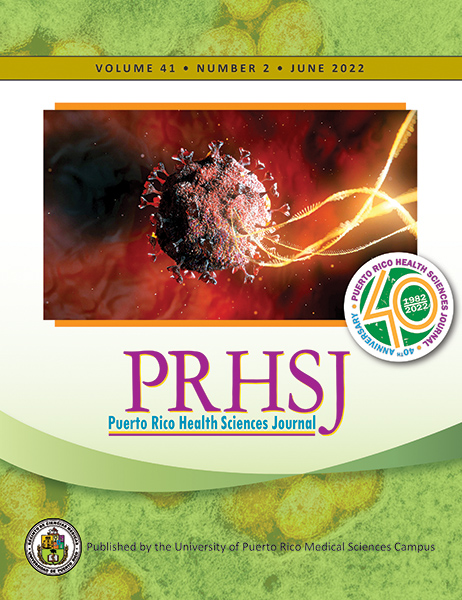Abstract
Syncope is a common cause of emergency department visits. Physicians must scrutinize for life-threatening causes to avoid patient morbidity and mortality. Clinical decision rules are used to stratify risks and guide the course of action, including the need for further testing. This is the case of a 83-year-old man was brought to the emergency department after a 5-minute episode of sudden loss of consciousness. Vital signs showed hypotension and physical examination was unremarkable. Despite Wells score of 0, clinical suspicion for pulmonary embolism persisted, for which further testing was pursued. D-dimer was elevated at 13.77 mcg/mL and a chest computed tomography with angiography showed an extensive bilateral pulmonary embolism involving the distal right and left main pulmonary arteries. He was started on full-dose anticoagulation. This case exemplifies the need of high clinical suspicion along with the importance of applying predictive scores for diagnosing unusual causes of syncope.
Authors who publish with this journal agree to the following terms:
a. Authors retain copyright and grant the journal right of first publication with the work simultaneously licensed under a Creative Commons Attribution License that allows others to share the work with an acknowledgement of the work's authorship and initial publication in this journal.
b. Authors are able to enter into separate, additional contractual arrangements for the non-exclusive distribution of the journal's published version of the work (e.g., post it to an institutional repository or publish it in a book), with an acknowledgement of its initial publication in this journal.
c. Authors are permitted and encouraged to post their work online (e.g., in institutional repositories or on their website) prior to and during the submission process, as it can lead to productive exchanges, as well as earlier and greater citation of published work (See The Effect of Open Access).
